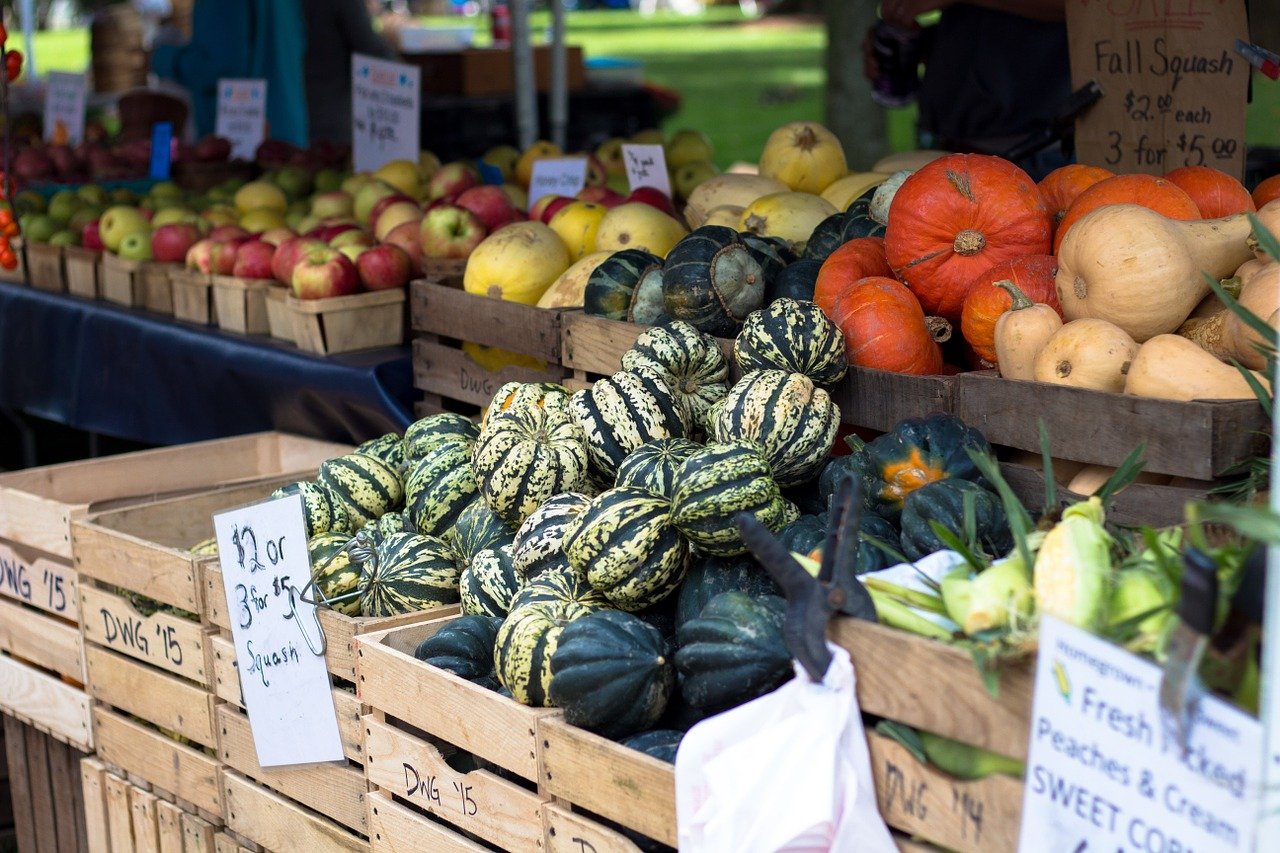Observing Jewish dietary laws means living within boundaries. Self-discipline is required, and each person or household has to decide how stringently to apply the rules–or what set of rules to follow. This often means adapting to the standards of the community in which you or your guests live.
Sign up for our new email series, All About Keeping . This series will explore what it means to keep kosher, from the basics to how to set up a kosher kitchen. You’ll get nine beautiful,informative emails that will help empower you with the knowledge to choose your kosher journey wherever it may lead you.
comes in several versions. Talmudic law was interpreted differently among medieval communities, leading to differences between Ashkenazic and Sephardic/Middle Eastern Jews on some of the fine points. Today, ideological and sociological distinctions are reflected in different standards of kashrut. Some keep “biblical kashrut,” refraining from eating the meat of non-kosher animals but not separating milk from meat. Others are stringent at home but lenient in other settings.
Maintaining a stringently kosher home generally starts with making one’s kitchen kosher — known as kashering it. One can “kasher” many implements used previously for non-kosher food. Kashering an entire kitchen may require many new purchases, but most metal items (pots and pans, silverware, even ovens and stoves) can be made kosher through heat–immersion in boiling water or blowtorching–while glassware may require only careful cleaning. Earthenware and stoneware cannot be kashered, but fine china may require little work to be usable. Some materials, such as Pyrex and plastics, are considered kasherable by some authorities and not others.
With your help, My Jewish Learning can provide endless opportunities for learning, connection and discovery.
When shopping for packaged food, many people will only buy items marked with a symbol certifying it as kosher (known as a hekhsher). Each organization that grants certification has its own symbol, the most common in the U.S. being the Orthodox Union’s “O” with a “U” inside. Some people will purchase items whose ingredients appear to be kosher, even without an indication of rabbinic supervision. Also, one has to know (or decide) which fresh foods, such as produce, do not require kashrut supervision and which do.
Once one is assured that all foodstuffs at hand are acceptable, kashrut considerations in food preparation revolve around two core issues: avoiding the consumption of blood (even of kosher animals), and keeping meat and milk foods separate.
Today, kosher consumers generally need not be concerned with removing blood from meat. Vendors generally perform the salting and soaking required in order to extract blood from poultry, beef, or lamb. One exception is liver, which kashrut regulations deem impervious to the usual method of blood removal and thus may be eaten only if broiled. Nothing is done to remove blood from fish, whose flesh is not considered meat.
Aside from meat, only eggs are a potential source of blood, since they may be fertilized–an unlikely scenario in the age of factory farming, but this is a severe biblical prohibition. Once opened, raw eggs should be checked for blood spots, and those with spots must be discarded.
The rule that meat and milk foods may not be consumed together led to a requirement that separate sets of utensils be used in cooking and eating. Non-vegetarian kosher kitchens, then, have separate sets of pots and pans, cutlery and silverware, cutting boards, and storage containers–and, often, dish drains and towels. Many people use color-coding to mark which is which. In many cases, the use of a meat utensil for milk foods, or vice-versa, will render it unfit for use. But such errors are often correctable, and the utensil may often be rendered fit for use again.
The prohibition against consuming milk and meat foods together extends to a ban on consuming milk products after having eaten meat foods. Here, too, standards differ: Some wait only an hour and others as much as six hours, with many people falling somewhere in between those poles. However, after eating dairy products, Jewish law calls only for a negligible wait before consuming meat. Pareve foods are neither meat nor dairy, and can be eaten at any meal.
Eating in non-kosher restaurants or homes presents a challenge for kashrut observers. Some less stringently observant people relax their standards in these situations, eating, for instance, vegetarian but not meat meals in non-kosher places. Those maintaining stricter standards may employ disposable dishes and utensils and consume only simple foods such as salads or prepackaged kosher foods eaten cold or heated in doubly insulated containers.
Would-be hosts or guests in such situations should follow the rule that applies to all questions of kashrut: consult a rabbinic authority recognized by the people whose needs you wish to meet.



